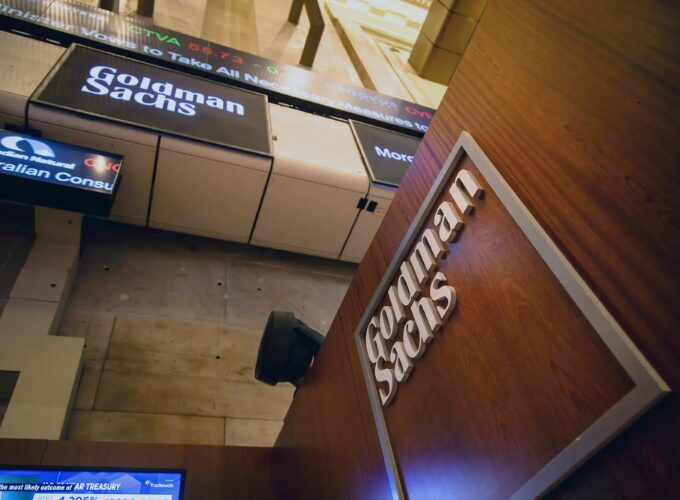Investment banking is heading for its weakest streak in more than a decade, with second-quarter results expected to confirm yet another quarter where dealmaking accounts for less than 25% of Wall Street revenues. For the 14th consecutive quarter, advisory work will be overshadowed by trading at America’s five largest investment banks: JPMorgan, Goldman Sachs, Bank of America, Citi and Morgan Stanley.
Estimates suggest that investment banking revenues will fall nearly 10% year-on-year to $7.5 billion. Meanwhile, trading revenues are forecast to rise by a similar percentage, reaching $31 billion — more than four times the income generated by mergers, acquisitions and capital markets work. If these figures hold, it will mark the longest period since at least 2014 in which investment banking failed to make up a quarter of Wall Street’s revenue pool.
The divide highlights a post-pandemic shift in the way major banks are earning money. Since the start of 2022, volatile markets have fuelled trading activity. With interest rates rising sharply, geopolitical risks escalating in Ukraine and the Middle East, and global supply chains adjusting to shifting trade policies, markets have remained active and unpredictable. This environment has been lucrative for trading desks, which thrive on volume and volatility.
In contrast, the environment has been far less favourable for investment banking. Dealmaking enthusiasm collapsed after the 2021 equity boom, and activity has yet to recover meaningfully. Initial public offerings remain scarce, equity issuance is limited, and merger activity continues to face headwinds from tighter regulation and macroeconomic uncertainty. Although some large deals have been announced this year, the broader pipeline remains weak, and revenue from advisory services continues to lag.
The imbalance matters because investors typically place a higher value on advisory income, which is seen as less capital-intensive and more margin-rich. While trading has kept overall earnings afloat, its sustainability is unclear. The current results cycle is expected to show a 13% decline in net income across the six largest US banks — which also includes Wells Fargo — compared to the same period last year. JPMorgan is expected to post the sharpest drop, reflecting the absence of a one-time $8 billion gain it recorded in 2023 from its stake in Visa.
The longer the current trend persists, the more it reshapes the business model of Wall Street’s top firms. Investment banking — once the crown jewel of global finance — is now taking a back seat to market-making and risk management. The gap is widening, and even a strong quarter of equity issuance later this year would do little to shift the balance. For now, trading remains the engine keeping the machine running.
You Might Also Like

Latest Article
Goldman Sachs Posts Best Stock-Trading Quarter In Wall Street History
Goldman Sachs has delivered the strongest equity trading quarter in Wall Street history, posting $4.3 billion in stock-trading revenue in the second quarter of 2025. The figure came in $600 million above analyst expectations and $100 million ahead of the bank’s own record set just three months earlier. The result was fuelled by heightened … Continued
|
17 July 2025
Written by MeetInc.

BOV Rolls Out New Customer Security Features Amid Rise In Fraud
|
17 July 2025
Written by MeetInc.

Hili Ventures Acquires 4.99% Stake In Bank Of Valletta From Unicredit
|
16 July 2025
Written by MeetInc.










